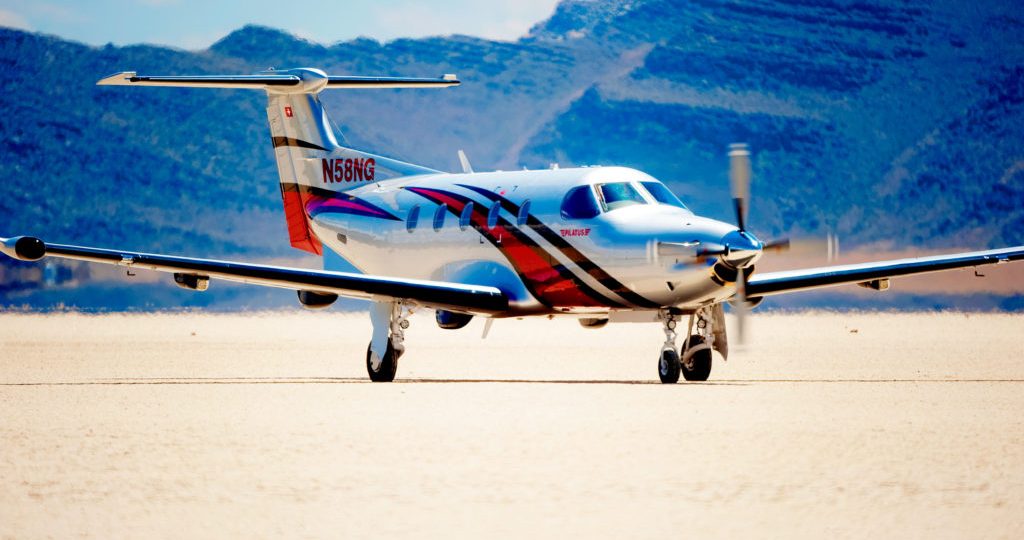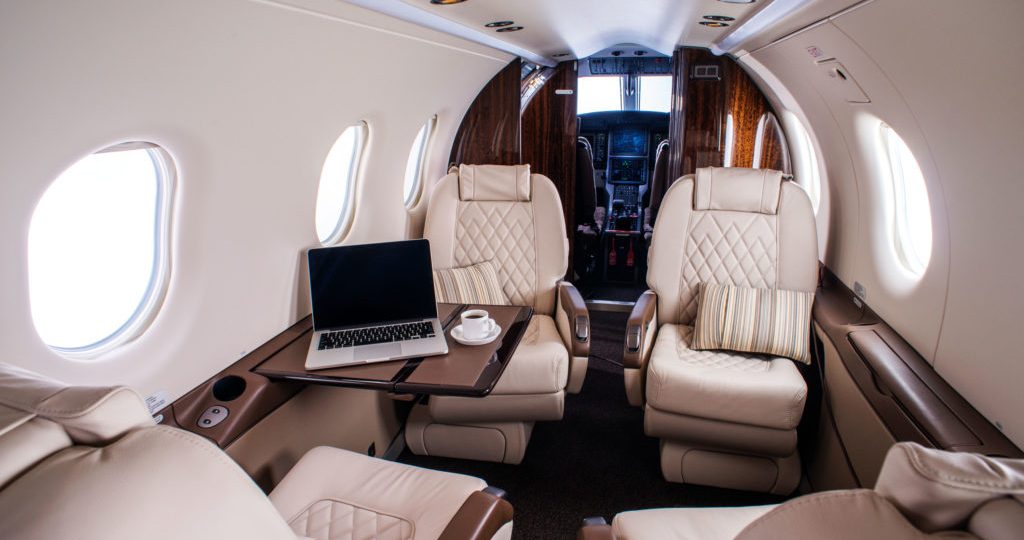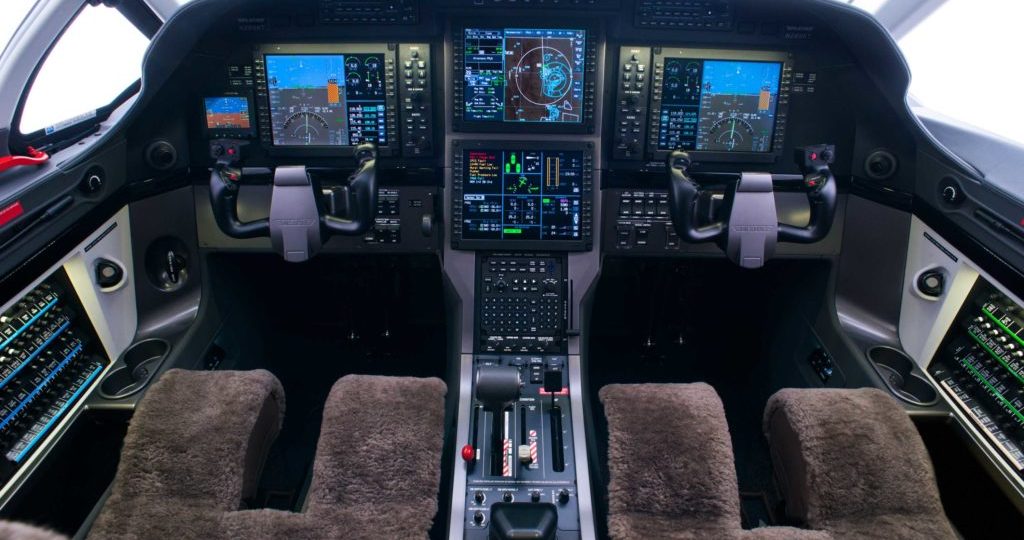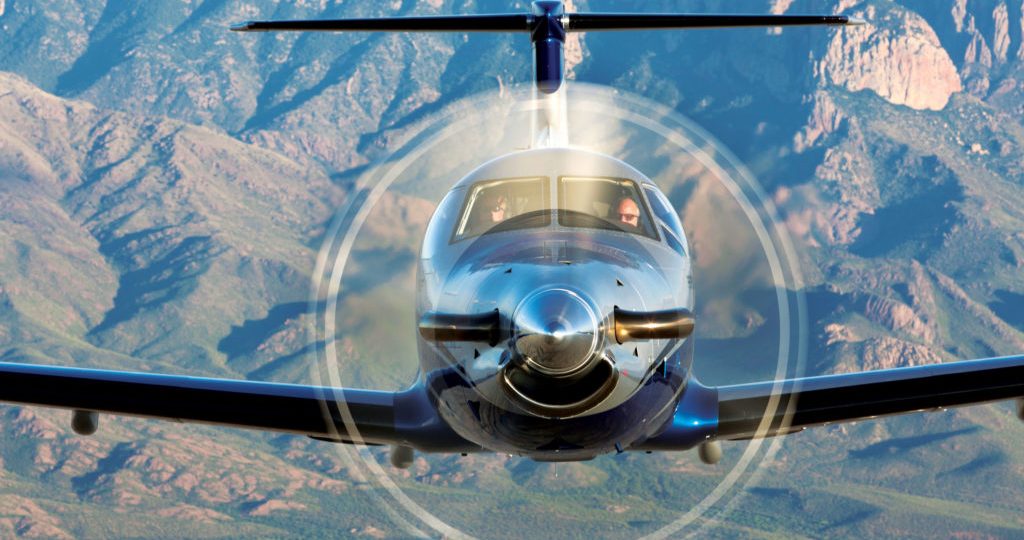Introducing the Pilatus PC-12. Simple. Efficient. Swiss.
Pilatus attributes this to the diverse range of customer uses for the PC-12, ranging from corporate and charter, to personal owner-flown, airlines, air ambulance, and special missions.
So what is it that makes a PC-12 owner/operator so loyal and the aircraft such great value? Well, it isn’t the fastest plane in its category, the TBM 900 and 930 can claim that title. It isn’t the biggest either, the Caravan or the King Air 350 win that contest. It isn’t even the cheapest aircraft, as the Meridian costs less.
However, despite these perceived weaknesses, it’s the clear winner in any contest. While deliberately comparing it to aircraft in its immediate category, the comparison is itself unfair. I should have included Citations, Phenoms, Eclipses and others in that comparison, but it would still win. Not because it’s faster or can fly higher, but it can do many of the things they can, and they can’t do any of the things it can. As with the super versatile jet that was to follow, with the PC-12 Pilatus created its own marketplace and a completely original aircraft.

Pilatus is based in Stans, Switzerland and has been building aircraft since 1939. Named after a nearby peak, it has been building aircraft as varied as short-field engineering marvels such as the Porter and military trainers as well as a variety of general-aviation recreational birds. Sometime in the early 1990s, and in a very ‘un-Swiss’ manner, it decided to roll the dice and create a niche no one was addressing – the super capable single engine large private aircraft. It entered service counting on the reliability of the venerable PW PT-6 and sales took off. It soon found great success with owner-pilots, air-ambulance providers, fractional operators, such as Plane Sense, and large-scale niche airlines like Tradewind Aviation. It offered fast speeds for distances where faster jets wouldn’t make enough difference, and the ability to land where they couldn’t. All of this was done at a substantially lower operating cost, with single-pilot flexibility and without sacrificing safety and redundancy of systems.
Amazingly, Pilatus did this by using mostly conventional materials and technology. Aluminium is used throughout most of the fuselage and control surfaces, while composites round out the curved surfaces such as fairings and wing tips. It’s a good marriage of traditional construction techniques and modern manufacturing methods and it works. Pilatus likes to keep things simple. Cable, screw-jack and push-rod flight controls operated by capable hands worked well in the past and the company decided to leave well alone and stick with what kept aircraft safely in the sky for the past 100 years. It added geared servo tabs to reduce stick forces and mated the whole thing to a good autopilot to create a great flying experience.
Reliability and redundancy
The secret to the PC-12 is simple, large-aircraft systems adapted to deliver reliability and redundancy to one engine instead of two or more. The NG version sports a PT6-67P upfront flat-rated to 1200HP to replace the original 1000HP supplied in the legacy planes. A new prop with an extra blade hangs on the nose. It’s lighter, quieter and quite frankly edgier, more sci-fi and sexier-looking.
It has made an already highly capable machine even better, far better. It turned an amazing short-field animal into a spectacular performer, a fast flyer into a faster flyer and a great climber into one that can deliver scads of altitude at a stunning rate.
The systems speak for themselves. Electrical systems were in my opinion one of the weak links of single-engine operations. Having experienced complete electric malfunctions, and cockpits suddenly rendered dark, more than once, I am more than reassured having dual generators and a dual split-buss electric system, powered by independent lead-acid or optional nicad batteries. The buss system has automatic load-shedding capabilities. A third battery supplies emergency power, should you be having a really bad day following a catastrophic failure. There is an excellent vapour-cycle air-conditioning system, set in an interior designed by BMW Design Works. A cleverly designed lavatory by the entry stairs might seem excessive in a single-engine aircraft, until you realise that this bird can fly for more than 1,500 nautical miles.
The aircraft is certified for flight into known-icing conditions, something even some jets aren’t. It’s simple and proven. Pneumatic boots on the flying surfaces, exhaust heat and a particle separator for the engine and electric heaters for the windshields and probes address icing threats.
Managing the fuel system is equally simple – just don’t touch anything. It has 402 gallons of fuel, is time-tested, reliable, DC-powered, automatic and can be manually overridden if necessary.
And then there is the landing gear. Pilots are often judged by the last two seconds of long flights and this one is made to make airmen look good and passengers feel safe. It’s built for a tank, mounted on an aircraft and made to absorb rough landings, like a Swiss goat running up rocky mountains in the Alps. Great landings are made better and bad landings are made good, very good. Should the electrically powered hydraulic system fail, you get your daily hydraulic power workout with a hand pump. Simple, efficient and very Swiss.
The avionics are based on the Dassault EASy system, which gives fantastic capabilities and situational awareness, if at a slight price. Pilots do need to put in some time to learn the system, not because it is unnecessarily complicated, but because it’s so capable. This is a large aircraft cockpit with four screens distributing as much information as you can absorb.
The numbers add up
It’s a large plane with a large interior, not unlike a jet’s. The cabin is just shy of 17ft long and 5ft wide. Headroom is almost five feet. The passenger door is large, but at 53 by 52 inches the cargo door allows almost anything through. And it is fast. At 280 knots, 30,000 feet and over 1,500nm, you’ll get there in a hurry, but even more importantly, you can land on a very short grass or gravel runway. The propeller ground clearance is over 12 inches so you won’t need to worry about too many loose rocks when you land.
PC-12s are versatile workhorses, popular with owner/operators, air ambulance, charters and regular operators into difficult terrain, such as the Royal Flying Doctor Service in Australia. Dispatch reliability is great and pilots and passengers alike love them.
Finally, aircraft are designed to fly. It feels and behaves like a big airplane, but knows it can squeeze onto runways no one else can. It climbs well, commonly with climb rates at 2,000 feet per minute or more and it rides well through turbulence, as I can personally attest. The strongest turbulence I ever experienced was in a legacy PC-12 some 12 years ago. It was extreme and violent and yet the plane rode through it with hardly a protest and we emerged unharmed and unscathed. No wonder it is so well loved.













